All of the coloring pages displayed on this page are free for personal use (view full use policy). Any brands, characters, or trademarks featured in our coloring pages are owned by their respective holders and depicted here as fan art.
Please enjoy these science coloring pages!
Fascinating Solar System Coloring Sheets
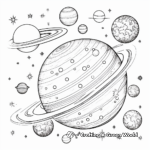
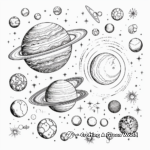
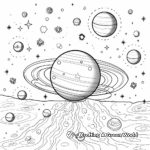

Engaging Chemistry Lab Coloring Pages




Stimulating Periodic Table Coloring Pages

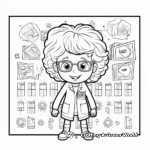


Intricate Microscope Examination Coloring Pages




Fun DNA Strand Coloring Sheets


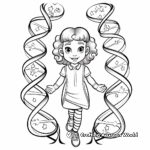

Interactive Weather Phenomenon Coloring Sheets




Plant Coloring Pages for Kids
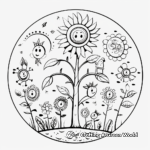


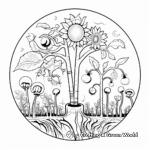
Fantasy Sea Creatures Coloring Pages
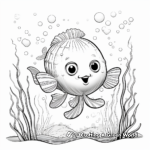

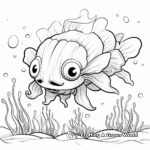

Captivating Space Rocket Coloring Pages
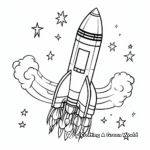


Paleontology & Fossils Coloring Pages
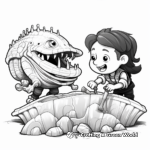
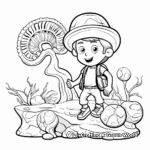


Butterfly Coloring Pages




Nature-friendly Recycle & Environment Coloring Pages
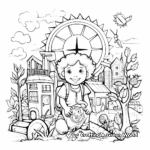



Physics in Action: Gravity and Motion Coloring Pages
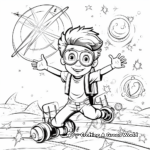
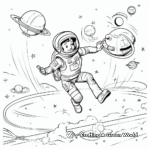

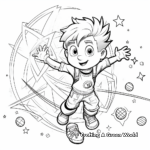
Tips For Coloring Science
What colors should I use for a DNA strand science coloring page?
To accurately depict a DNA strand, use varying shades of blue and purple for the major and minor grooves, and the phosphate backbone. For the base pairs, you might want to use green for Adenine (A), red for Thymine (T), orange for Cytosine (C) and yellow for Guanine (G).
What tips can you give for coloring microscope science coloring pages?
For microscope coloring pages, using darker colors like black, deep blues or purples for the background can give a realistic feel. For the microscope itself, silver or gray are usually accurate, with different shades to depict lighting and shadow. Color the specimen in bright, contrasting colors to make it stand out under the hypothetical ‘microscope light’.
How can I add a touch of realism to a planet science coloring page?
Start with base colors (For example, red for Mars, blue for Earth etc.) and then add shading and texture. Use darker colors for craters or darker patches, and lighter colors for highlights. For a more realistic touch, you can add a light source (like the Sun) and cast shadows appropriately. Also, putting small stars (with white or yellow) in the background can establish the setting in space.
What are some interesting facts about science I could incorporate into my coloring pages?
There are so many interesting facts to include! If you’re coloring a page about the Solar System, you can note that Venus spins in the opposite direction to most other planets. Or if your coloring page features animals, you could pick an interesting biological trait of the animal depicted. For example, a chameleon’s tongue is twice as long as its body. These snippets of information can make your coloring page not only entertaining but also educational.
[taxopress_relatedposts id="1"]About Our Coloring Pages
All of the coloring pages displayed on this page are free for personal use. You have our express permission to download, print, color, and enjoy these pages at your own leisure and convenience. Each piece of artwork on this page has been chosen to inspire creativity and make the world of coloring engaging and enjoyable for all age groups. This permission extends to small non-commercial group settings like classrooms or therapy settings - you have our permission to print these for free distribution to small groups.
This permission is granted strictly for non-commercial uses. These images can not be resold, republished, or used for commercial purposes in any form or method. You may not sell the final colored versions, or use them as design elements in a product that is sold. Please contact us for commercial licensing options.
Our priority is to support and inspire creativity among those who love to color. Please join us in honoring this purpose by adhering to these guidelines. Happy Coloring!